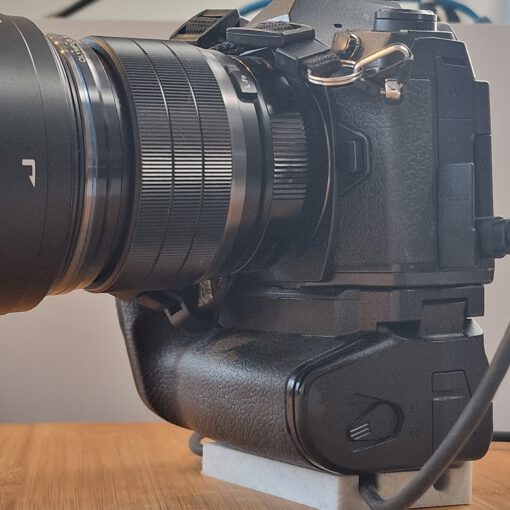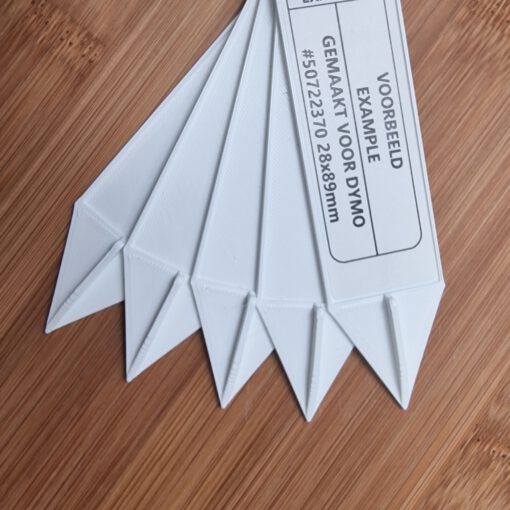A BiQuad antenna is a simple and effective antenna design, especially useful for WiFi signals at 2.4 GHz. It’s popular among hobbyists because it’s easy to build and offers good performance.
🔶 What Is a BiQuad Antenna?
A BiQuad antenna consists of two square loops made from conductive material, like copper wire. Each side of the square is about one-quarter of the wavelength of the target frequency—approximately 31 to 32 mm for 2.4 GHz WiFi. These loops are connected in the center and mounted in front of a flat metal surface called a reflector. The reflector helps direct the signal forward, increasing the antenna’s gain. Wikipedia+2HubPages+2sjsu.edu+2sjsu.eduportal.powertec.com.au
🛠️ How Is It Built?
In your project, you used a 3D-printed mold to shape the copper wire precisely into the BiQuad form. This ensures accurate dimensions, which are crucial for optimal performance. For the reflector, you repurposed a metal lid from a cookie tin, which serves as an effective surface to reflect and direct the WiFi signals.
📡 Why Is It Special?
-
Directional Gain: The BiQuad antenna focuses the signal in a specific direction, providing stronger and more reliable connections over longer distances.
-
Ease of Construction: With basic materials like copper wire and a metal plate, and tools like a 3D printer, you can build a high-performance antenna at home.
-
Cost-Effective: Repurposing household items, such as a cookie tin lid, makes it an affordable DIY project




